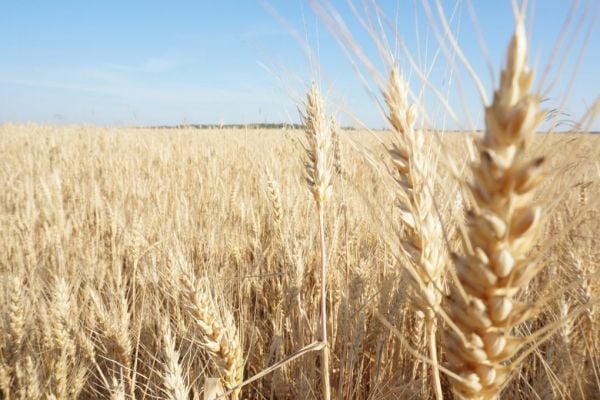Tea consumption is on the increase, with global production growing in line with demand. Nick Peksa examines the current state of the market. This article first appeared in ESM March/April 2022.
Consumers are increasingly looking for wellness benefits in all aspects of their lives, becoming more health-conscious and mindful. Tea has the potential to be one of the products that can help consumers satisfy some of these needs.
World Tea Market Update
The last few years have been a real eye-opener for the industry. COVID-19 exposed how reliant the industry is on manual labour – half of the total cost of tea production is in manual tea-picking – while it also highlighted the gradual collapse of the plantation model and, finally, how climatic catastrophes are becoming the new normal.
Tea is a global commodity, and in the last 20 years, annual production has doubled to hit around 6.3 million tonnes and climbing. This rapid growth has resulted in stagnation in the marketplace. The bulk of global production revolves around four major players: China, India, Kenya and Sri Lanka. European buyers of bulk black tea primarily focus on the latter three producers.
India
The most recent marketing year was not a great one for the Indian tea industry, as it experienced a drop in production of some 40 to 50 million kilograms. Last year saw large volumes of tea being sold frequently at auctions, however, farmers did not fare so well, as increases in operating expenses meant that auction lots were being traded at a loss.
Rising labour rates and fuel costs were not the only issues in the marketplace. Domestic consumption in India has stagnated, and the larger tea plantations were placed under pressure by smallholders increasing their production.
The prognosis for 2022 is not looking much better for India, as a barter trade agreement between Sri Lanka and Iran continues to squeeze export volumes. Sri Lanka is in the process of paying off some of its amassed crude oil debts by supplying the Iranians with tea in lieu of money.
In 2019, India exported about 53 million kilograms of tea to Iran, but because of the aforementioned agreement with Sri Lanka, exports dropped to 29 million kilograms in 2020 and fell further, to 21 million kilograms, in the first ten months of last year. There is an expectation that exports may decrease by another 15% in 2022.
This rapid decline in exports to Iran will leave large volumes of tea available for export, and excessive supply will lead to inevitable price decreases.
Sri Lanka
Sri Lanka’s tea production this year is expected to fall to around 287 million kilograms, compared 300 million kilograms last year – a drop of 5%. This production decrease has largely been due to a fertiliser ban implemented in April 2021, which hampered agricultural crop production across the country.
The ban came about as the Sri Lankan government aspired to become one of the first organic farming nations in the world, claiming that agrochemicals caused non-communicable diseases. With proper fertilisation cycles, combined with the favourable weather that Sri Lanka experienced, the crop could well have exceeded 310 million kilograms.
After protests from farmers, the government revoked the fertiliser ban in November 2021. Even in this short period of time, it became apparent that if the ban continued, the output from the Sri Lankan tea industry could have been damaged by as much as 40%. The first half of 2022 will be worth watching, as the ban forced tea farmers to significantly reduce their fertiliser use in the third and fourth quarters of 2021.
Kenya
On the back of low auction prices and green-leaf production (weather affected) being down by 14% in the first half of 2021, the Kenyan government decided to swoop in and protect smallholders. The government introduced a minimum reserve at the weekly auction. Kenya experienced trading conditions similar to those seen in India, as the cost of production was perilously close to the selling price. Since its introduction, tea prices have increased by more than 50% and prices have surged toward a price parity with other exporting nations.
As a dollar-traded market, Kenya is currently extremely attractive for international buyers, as, in early January, the Kenyan shilling weakened to a new all-time low against the dollar. The government hopes that the price trend will continue for the first half of 2022, however, the nation will be competing against excess supply from India.
Read More: Unilever Strikes €4.5bn Deal With CVC For Tea Business: Report
Ending Thoughts
Plantation owners in the major exporting countries are struggling, thanks to rising costs and a requirement to maintain commercial viability. Tea farmers must increase their production whilst simultaneously reducing operating costs (labour, fertiliser, agrochemicals, machinery, electricity and fuel).
A reduction in fertiliser is not viable, so plantation owners must look towards reducing labour costs. This leads me to believe that plantations need to embrace more mechanisation or face bankruptcy. Mechanical tea-harvesting has grown from around 2% of global tea in the 1980s to around 60% today. This needs to change more rapidly if farmers are to survive.
For more information, contact [email protected].
© 2022 European Supermarket Magazine – your source for the latest supply chain news. Article by Conor Farrelly. Click subscribe to sign up to ESM: European Supermarket Magazine.














